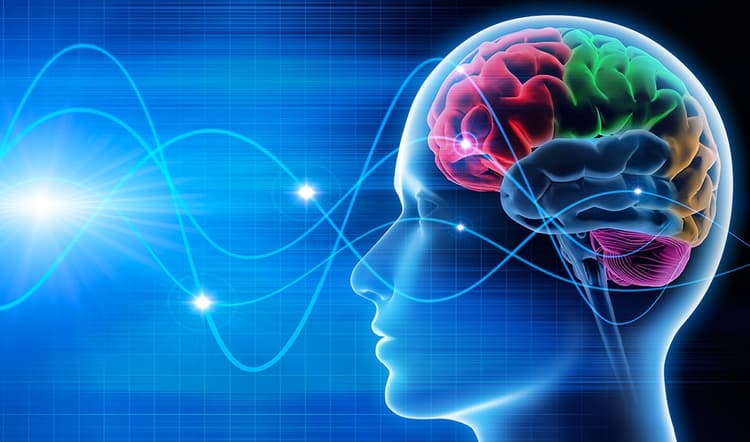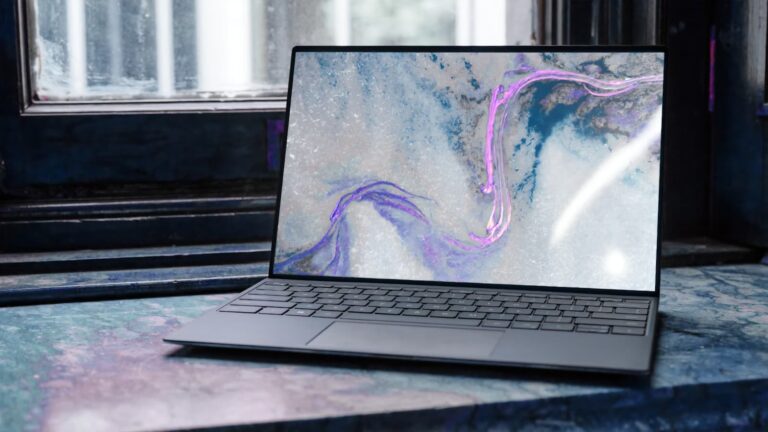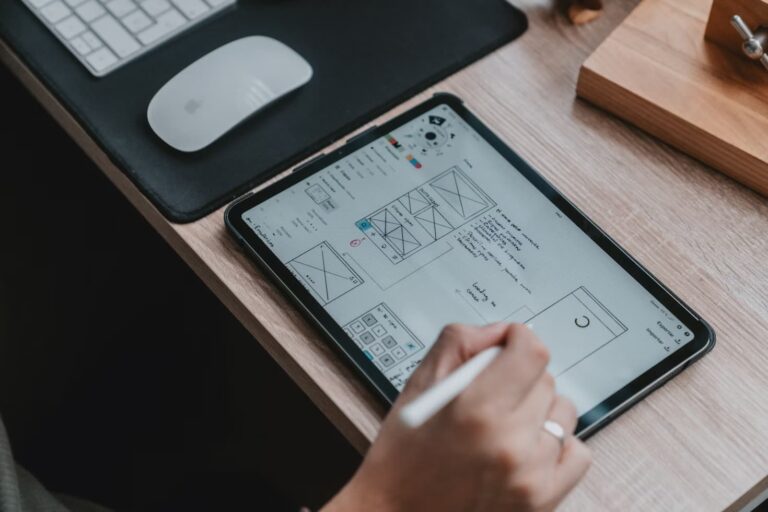In the modern digital world, user experience (UX) has become a crucial aspect in the development of websites and applications. Among the many factors that influence how users perceive products, animation and microinteractions hold a special place. These elements not only decorate the interface but also influence emotional perception, creating the desired atmosphere and enhancing interaction. So, how exactly do animation and microinteractions affect users’ emotions?
Animation as an Engagement Tool
Animation is not just a visual decoration; it is a powerful tool for creating a dynamic, intuitive interface. User attention is drawn to moving elements, which helps improve the perception of content. One important function of animation is its ability to attract attention to key parts of the interface, such as buttons, notifications, or pop-up windows. For example, a subtle animation when pressing a button can indicate to the user that their action has been successfully performed. This creates a sense of smoothness and naturalness in using the product.
Thanks to animation, even small visual changes can improve emotional perception. When seeing smooth movement of objects, the user feels that they are interacting with a live, responsive interface. This “liveliness” evokes positive emotions, such as satisfaction and joy from using the technology.
It is also important to remember that animation plays a role in online entertainment. For example, on websites like casinosapostas.com, where verified gaming platforms are presented with generous bonus offers, animation helps create vivid, memorable visual effects that make the game more engaging and emotionally rich.
Microinteractions: Small Details with Big Impact
Microinteractions are subtle but significant moments of interaction with the interface. These small elements can have a tremendous impact on the user’s perception and emotional state. Microinteractions can involve pressing buttons, scrolling the page, changing the state of an element when hovering the cursor, and many other actions. Though they seem insignificant, their influence on user emotions is quite large.
For example, when you press a button that changes color or shape, it gives the feeling that the system is “responding” to your actions. This creates a sense of control and confidence. It is important for these interactions to be intuitive and predictable. Errors in microinteractions can lead to dissatisfaction or even irritation. Therefore, developers pay great attention to every little detail to ensure a positive perception.
On the other hand, in online casinos, microinteractions can be used to enhance the gaming experience. For example, when winnings are displayed with animation or when small sound effects accompany each action, it creates a festive atmosphere and a sense of involvement. Such elements maintain player interest and stimulate emotions, making the gameplay more exciting.
Emotional Reaction to Interaction
Every action a user takes on a website or in an app triggers a specific emotional reaction. Animation and microinteractions serve as a link between the interface’s functions and the user’s emotional state. They help enhance the perception of the product’s quality and increase the pleasure of using it.
In today’s world, technology strives to create not only functional but also emotionally appealing interfaces. When animation and microinteractions are used correctly, they can evoke emotions such as joy, surprise, satisfaction, and even relaxation. It is essential that these elements do not distract but instead enhance the experience, creating a harmony between functionality and aesthetics.
The Role of Animation and Microinteractions in Improving User Experience
Positive emotional perception during interaction with an interface is directly tied to the quality of user experience. Animation and microinteractions help create a sense of smoothness and organic flow in the process, which in turn strengthens the user’s trust in the product. This is especially important for applications and websites that are designed for long-term use.
For online casino users, the correct use of animation and microinteractions can significantly increase the attractiveness of the platform. Interactive elements such as smooth transitions between screens or the visualization of winnings create a sense of connection with the game, drawing players into the process and enhancing their emotional response to each action.
Conclusion
Animation and microinteractions are not just decorative elements, but important tools that affect users’ emotional perception. They help create an intuitive and visually appealing interface that evokes positive emotions and improves interaction. In online entertainment, such as online casinos, these elements become an integral part of experiences that provide players not only with enjoyment from the game but also emotional involvement.











